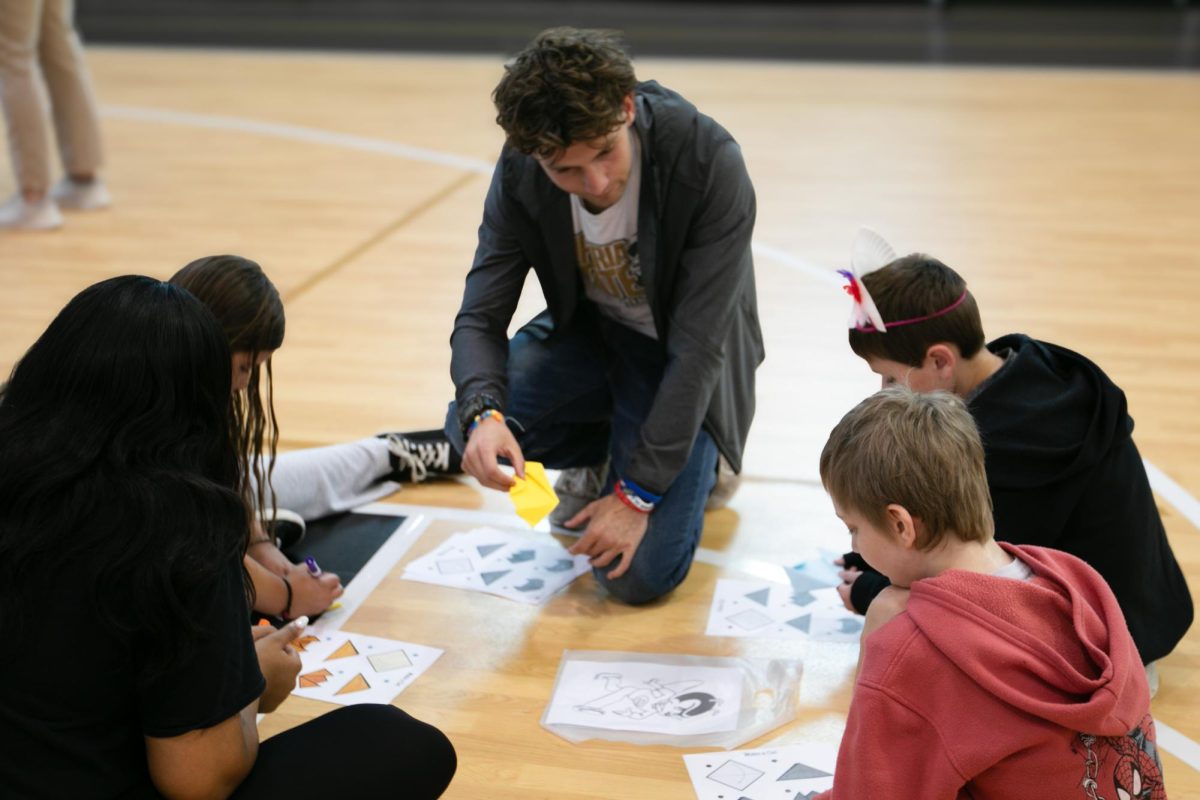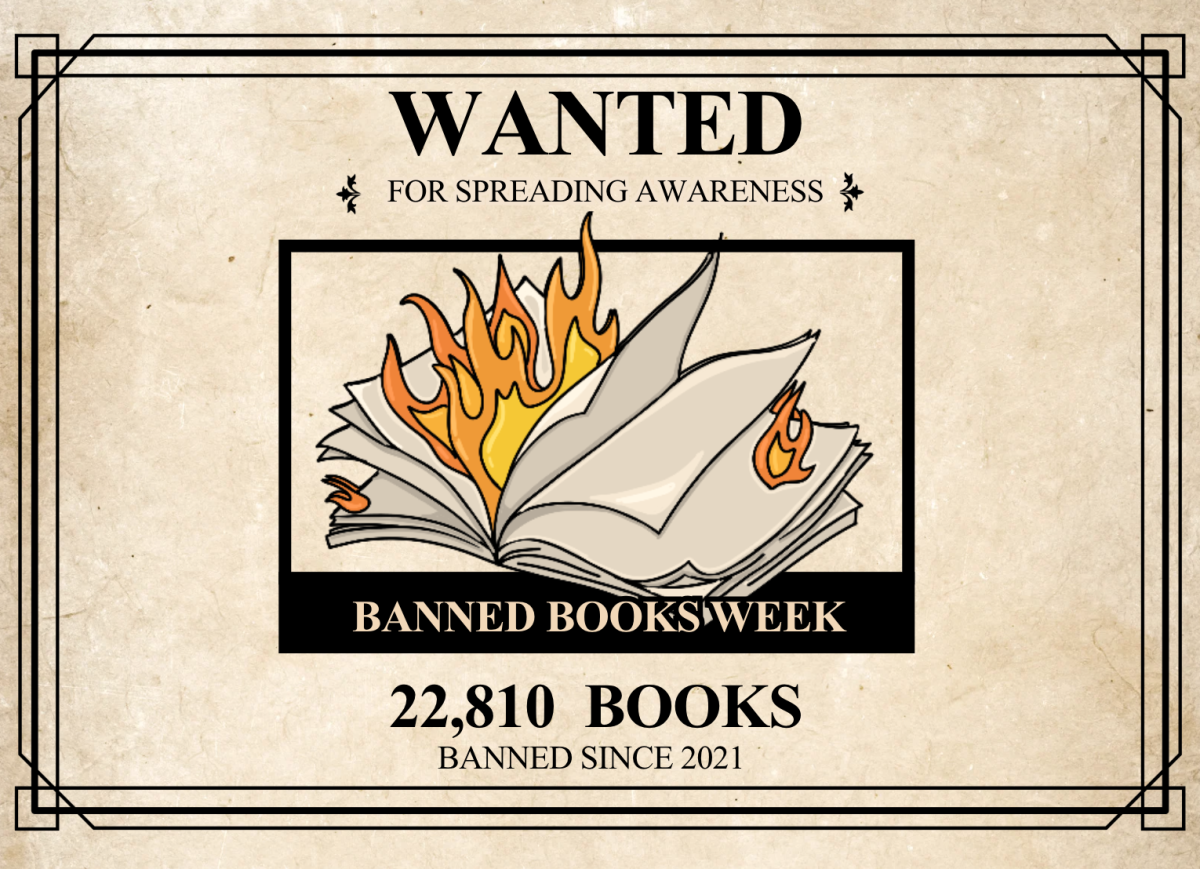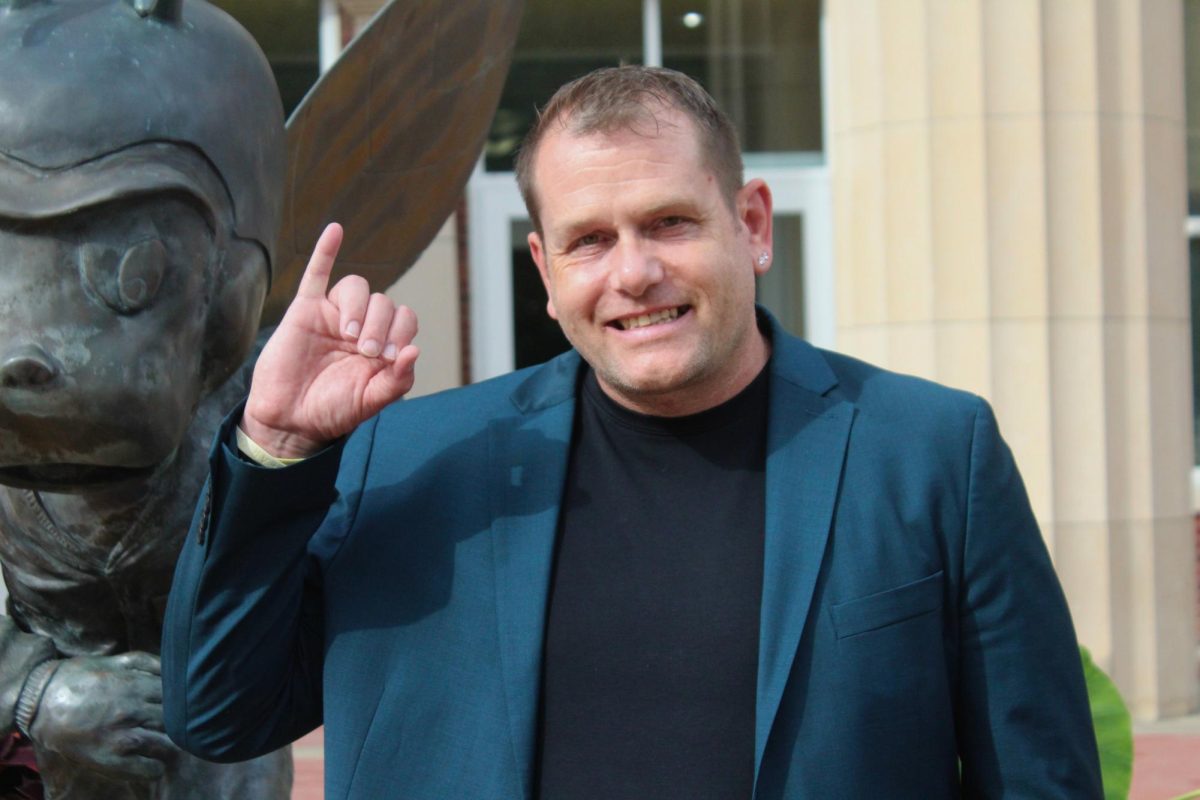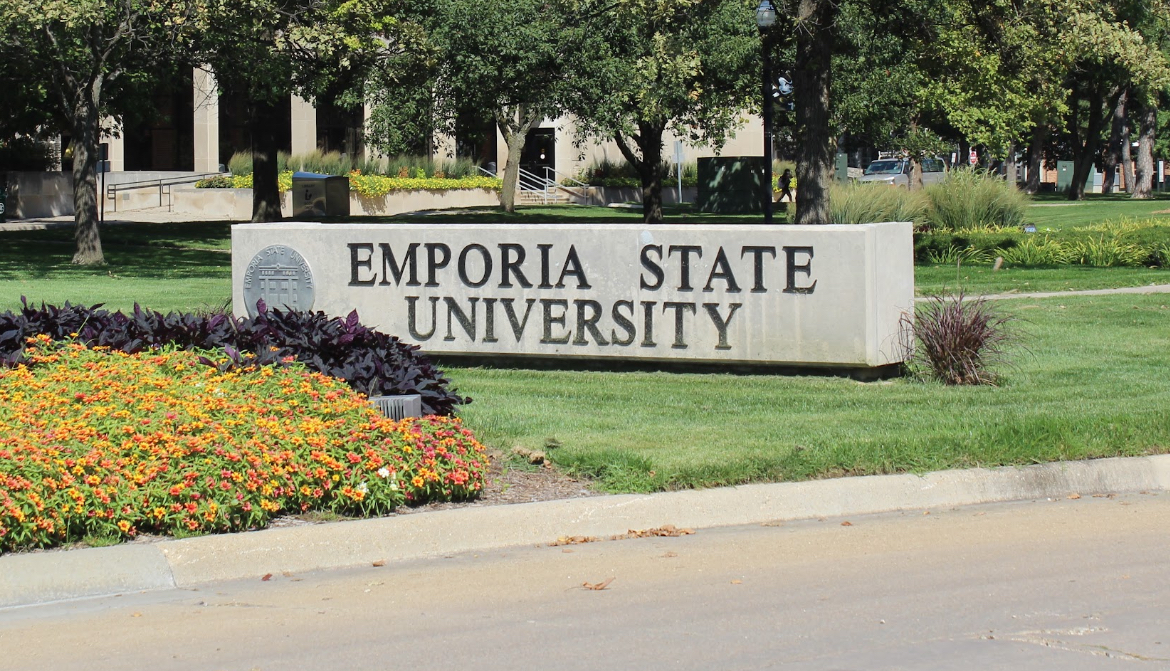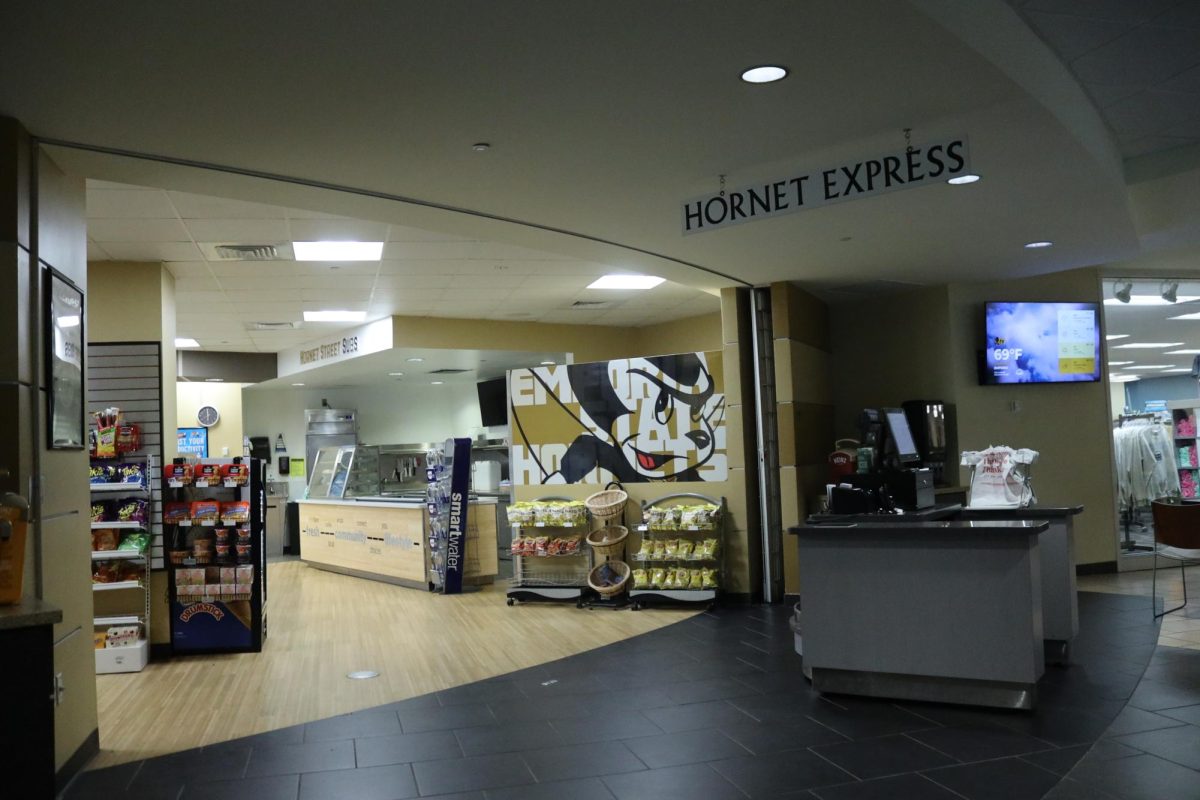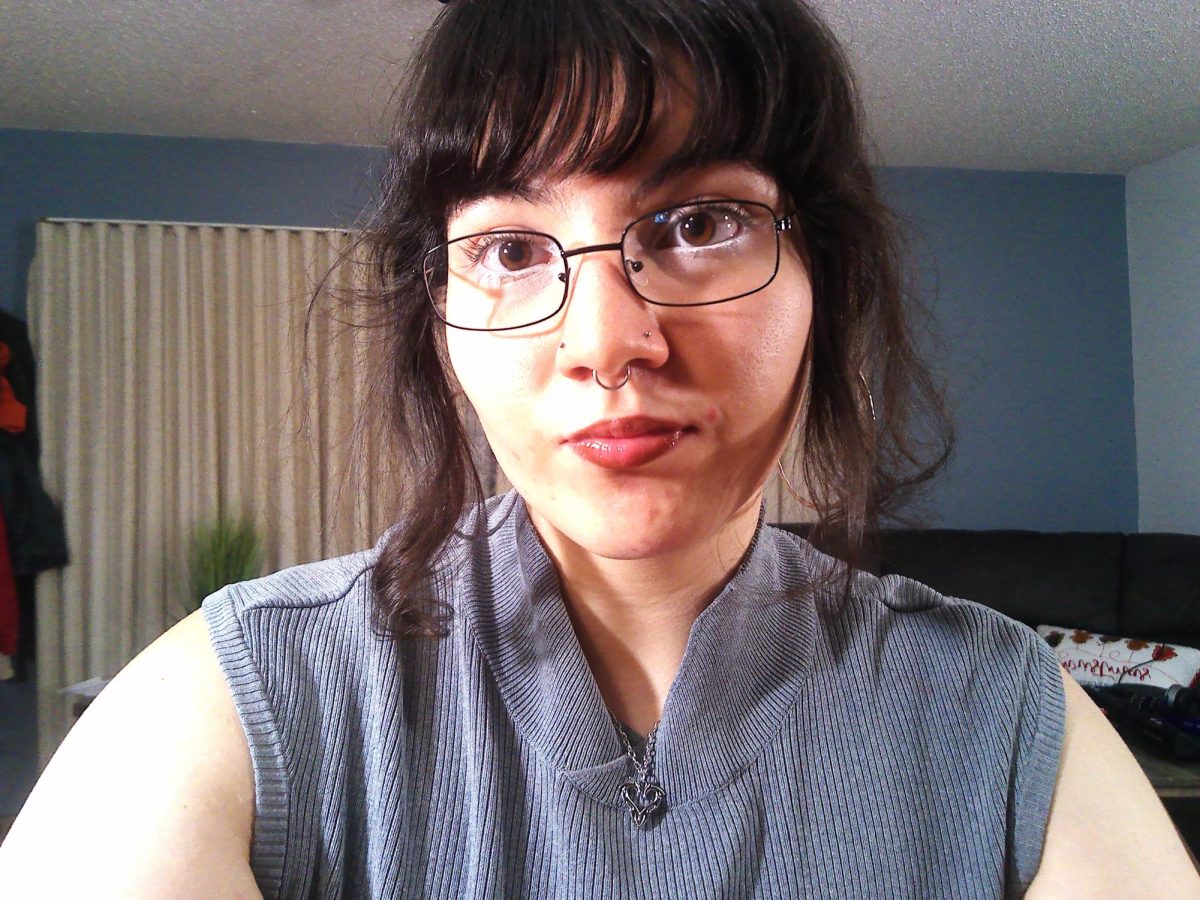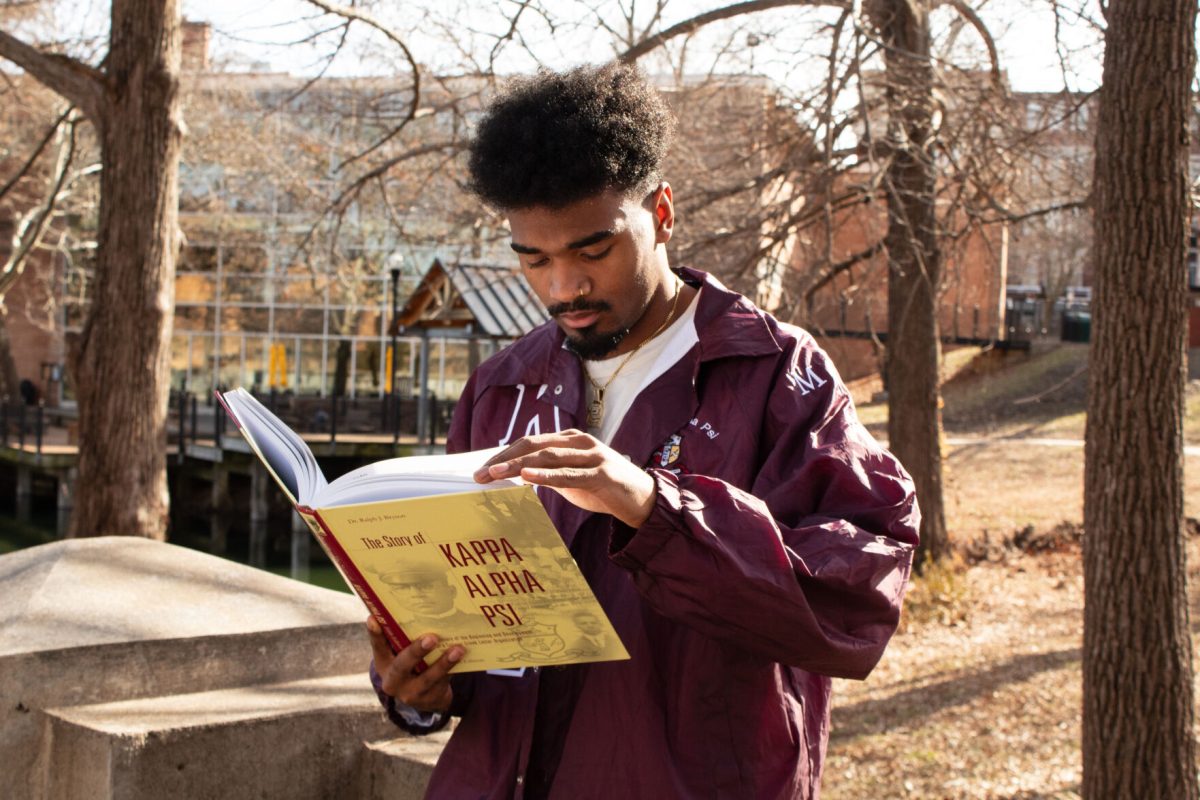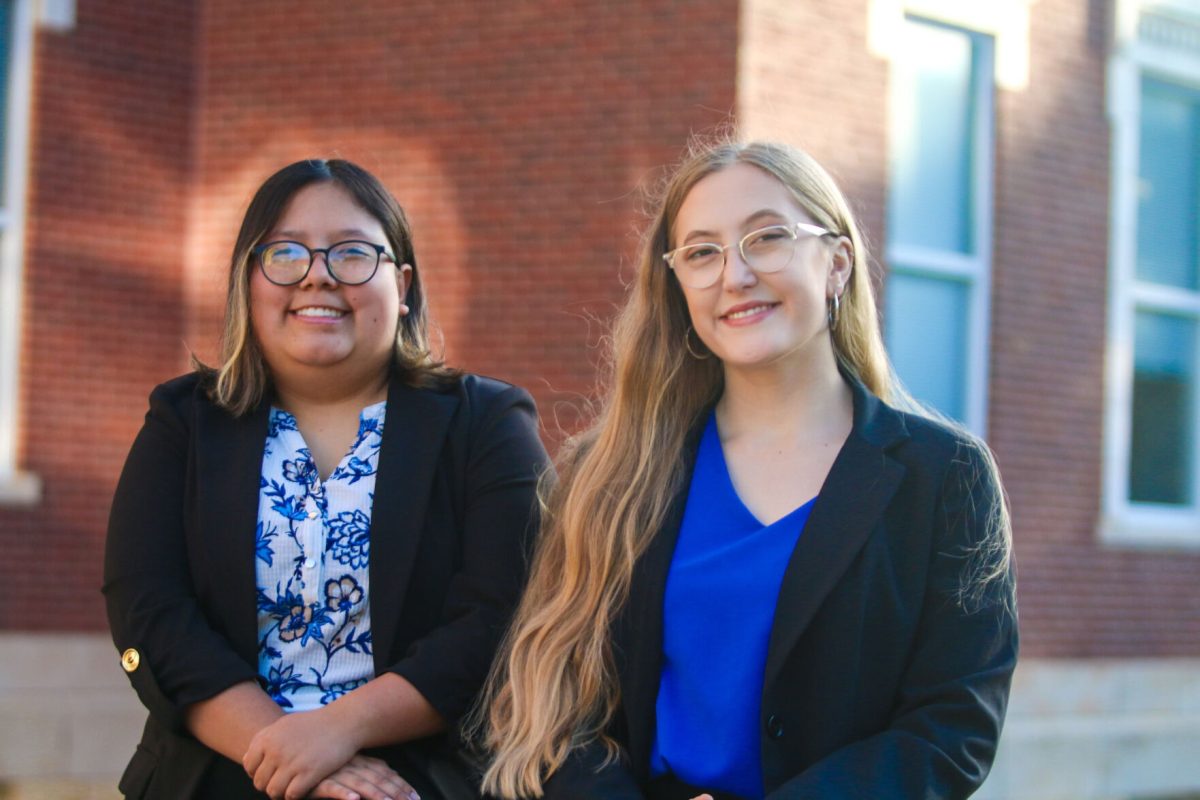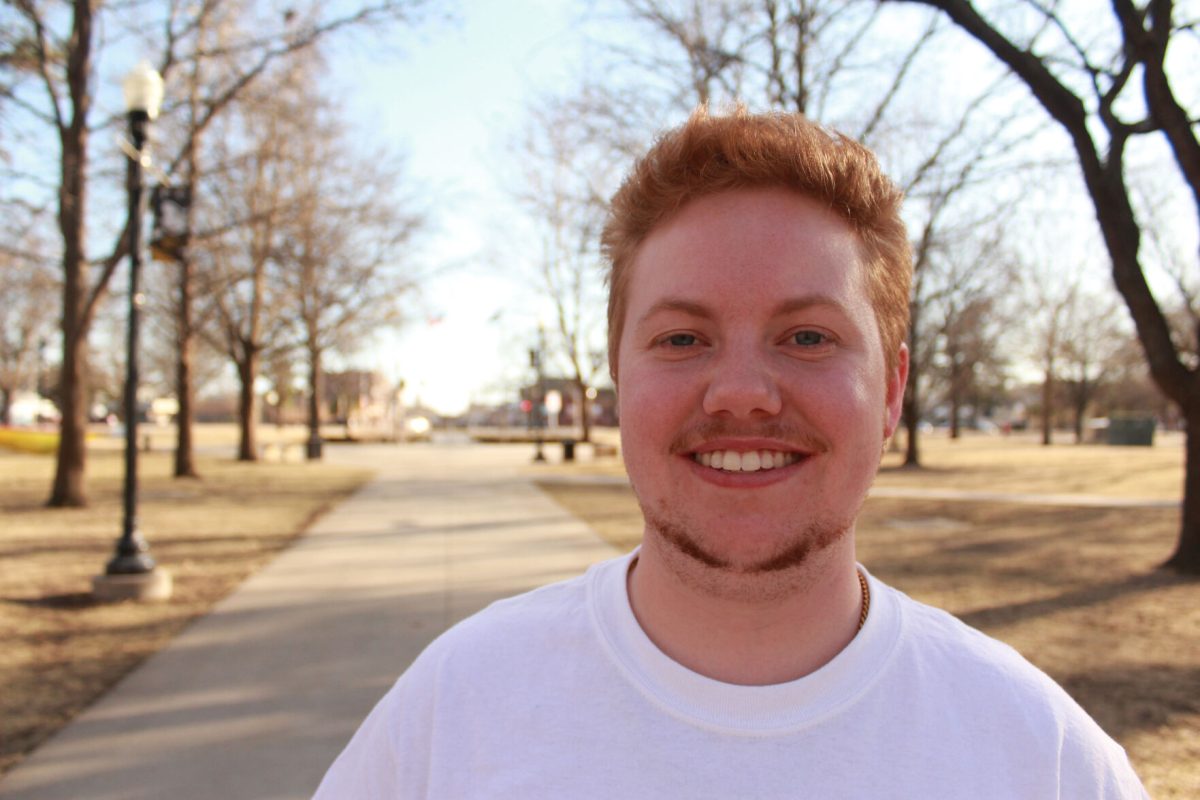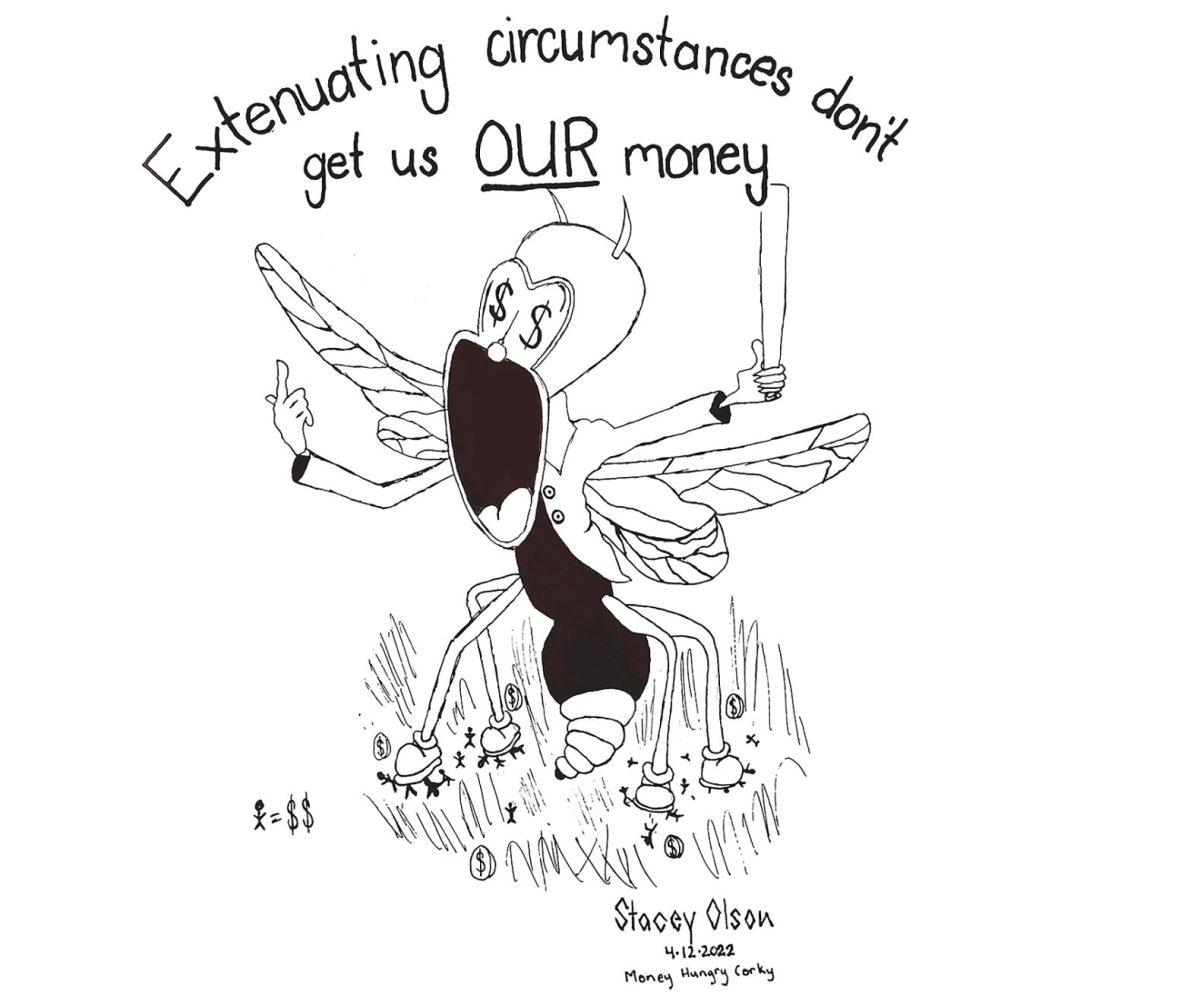Hair. It’s something we care for nearly every day. We style it, color it and spend money paying others to fulfill our desired style for it. But at Emporia State, not everyone has services available to get their hair done.
Katelin Hollinshed, senior psychology and nursing major, and Kellee Banks, junior interdisciplinary studies and entrepreneurship major, are co-presidents of Black Student Union (BSU). Both ESU students have noticed the lack of hairstylists available who have the skills to do their hair.
“When I first got here, I needed my ends trimmed,” Banks said. “And I looked around and no one knew how to cut textured hair, so I was scared to go anywhere and try and get a really bad haircut.”
When asked, “Do you feel like there’s a lot of resources for you to get your hair done in Emporia?” Hollinshed replied with, “No, I do my own hair.”
One hair stylist, Rebecca Kirton, offers services to women with textured hair which she knows can be hard to find in rural areas like Emporia.
“It is sad,” Kirton said. “When you think about the average black person (who) can’t walk into a salon and just expect to have someone who knows what they’re doing as well as the right kind of products or anything like that, you know?”
Kirton said she started noticing the differences in hair types at a young age. When she was a child, her parents fostered and eventually adopted her two siblings who are black. Having a love for hair at a young age, she quickly started learning how to do her siblings’ hair.
“You know my dad knew which barber to take them to and was aware that he couldn’t just take them anywhere,” Kirton said. “So I kind of learned from a young age that everybody’s hair is a little different, more than you’d think.”
Kirton went to cosmetology school in Salina before attending ESU and meeting her husband. They later married and now have a daughter. Kirton said being a mom was also what helped her to learn more about textured hair.
“Previous generations didn’t learn texture, so they’re not teaching the new generations,” Kirton said. “Most people that are educators in beauty school tend to be 20, 30 years of experience. I think that’s probably part of our issue. Especially in areas in the Midwest where there’s communities that are very small. There’s not a lot of time for them to learn and clients to work with.”
Kirton is aware of why people of color may be hesitant to come into her shop. She said she hopes that future generations of hairstylists can continue educating others of the importance of knowing all hair-types.
“I was always fascinated by hair and what you could do with it and what you could create and how you can make people feel about themselves,” Kirton said.
Feeling good after a new hair-do isn’t uncommon. However, for people of color, a haircut could be the difference between a lasting impression, according to Arich Ansley, senior general education major.
“First impressions mean a lot,” Ansley said. “So if somebody first sees me with a nice haircut, I feel like I’m well-groomed and everything. I feel like I’m a more respectable person as well.”
As a player for the ESU football team, Ansley often goes to a former classmate before game days to get his haircut. However, when his friend isn’t available, Ansley usually drives home to Oklahoma City to his regular barber which is a 3.5 hour commute.
“Merek, the dude who cuts my hair now, he cuts a lot of athletes’ hair,” Ansley said. “If you want to get your hair cut before a big game or a big project the next day you need to maybe schedule a week in advance because he’s so busy. He’s the only good barber here so it’s just harder to get in.”
In past years, BSU has brought in barbers to cut students’ hair. While this hasn’t been done recently, Hollinshed and Banks say that BSU does plan to bring in guest speakers to share knowledge of how to care for their natural hair and give resources to those who need it. Until then, Hollinshed mentions the benefits of hairstylists learning how to work with all hair types.
“All of our hair textures are different,” Hollinshed said. “So it’s going to take them a lot of time to know how to do it but you would get more clients and you’ll just expand your knowledge. So I feel like it’s not that hard to learn but you just have to be willing to learn.”

